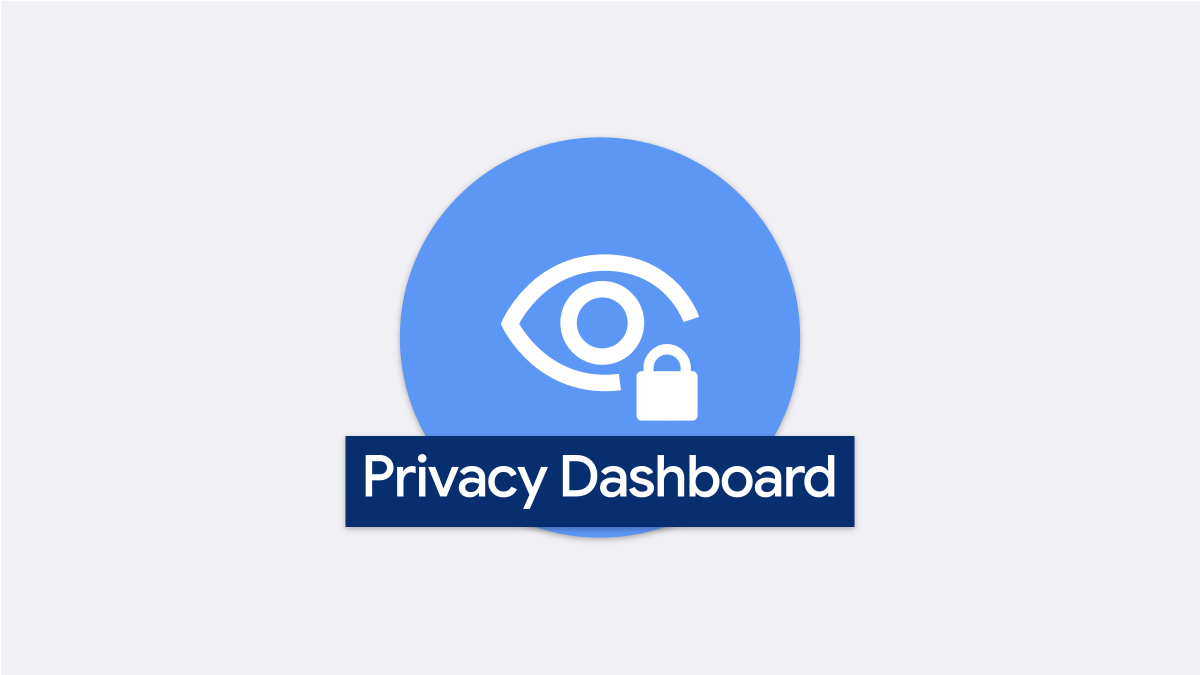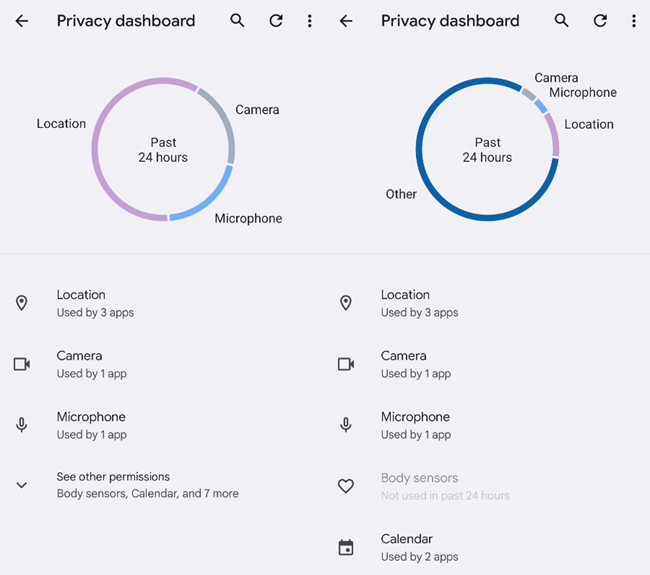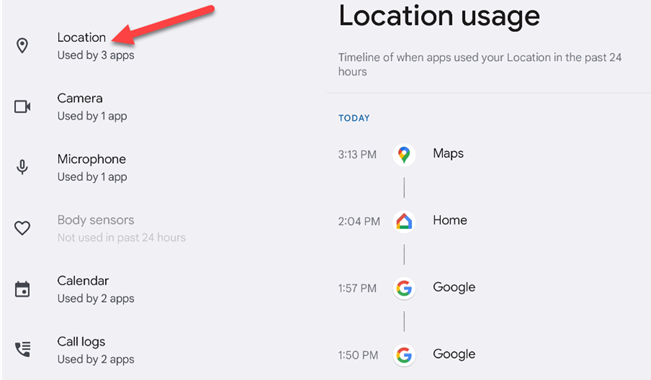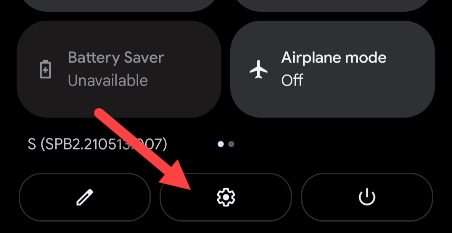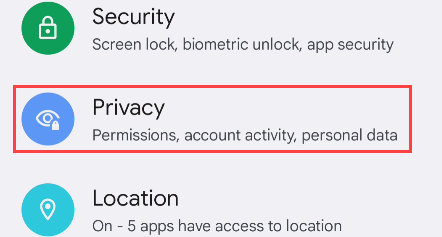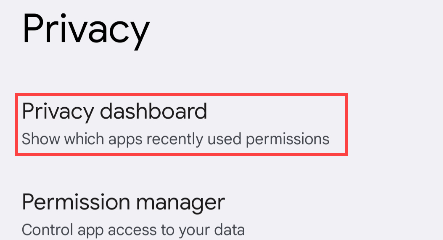Quick Links
Privacy is a growing concern for smartphone users. Apple has been leading the charge when it comes to better privacy features, but Google is improving Android as well. A feature called the "Privacy Dashboard" lays it all out for you.
The Privacy Dashboard is a feature that was introduced for Android 12. Along with some other things, Google made a big emphasis on privacy in this release, and the Privacy Dashboard is the centralized location for a lot of it.
At the time of writing, Privacy Dashboard is available in beta. Screenshots and features are subject to change before the public release in Fall of 2021.
What Does the Android Privacy Dashboard Do?
As its name implies, the Privacy Dashboard is literally a dashboard for all things privacy-related on your Android device. It's an overview that shows which apps are using which permissions and how often.
When you open the Privacy Dashboard found in the Settings menu, you'll see two different sections. We'll start with the circle chart at the top of the screen. This chart provides a quick and easy way to see which permissions have been used the most in the last 24 hours.
You can see that "Location" has been used the most, followed by "Camera" and "Microphone." This chart correlates with the list of permissions in the section underneath, so if you expand to "See Other Permissions," those will appear in the chart as well.
What permissions are we exactly talking about here? Here are all the permissions that can be tracked in the Privacy Dashboard:
- Location
- Camera
- Microphone
- Body Sensors
- Calendar
- Call Logs
- Contacts
- Files and Media
- Nearby Devices
- Phone
- Physical Activity
- SMS
Underneath the chart is the permissions in list form. Each permission is labeled by how many apps have used it in the last 24 hours. Select a permission to see a handy timeline of that 24-hour period.
The "Manage Permission" button takes you to a menu where you can individually adjust how each app can use that permission. All of this gives you a lot of awareness and control over how the sensors on your device are being used.
Where to Find the Privacy Dashboard
As mentioned above, the Privacy Dashboard was introduced in Android 12. You'll need a phone or tablet running Android 12 or higher to find the feature.
First, swipe down twice from the top of the screen to reveal the Quick Settings menu, and then tap the gear icon.
Scroll down to the "Privacy" section in the Settings.
Now, select "Privacy Dashboard."
That's it! You're now looking at the Privacy Dashboard.
Will My Phone Get the Privacy Dashboard?
Naturally, when new Android features are announced, people want to know whether their device will get them. At the time of writing, we don't yet have a clear idea of which devices will get the Privacy Dashboard. However, we can take clues from past features.
The Privacy Dashboard is similar to Android's Digital Wellbeing suite. Digital Wellbeing was released with Android Pie in 2018, and it was exclusive to Google Pixel phones for a while. Eventually, it became available to more devices, and now it can be found on non-Pixel phones.
Based on that, we expect a similar trajectory for the Privacy Dashboard. It will probably be a Pixel exclusive for a while and might eventually roll out to more Android devices---but when exactly that will happen is not clear.

